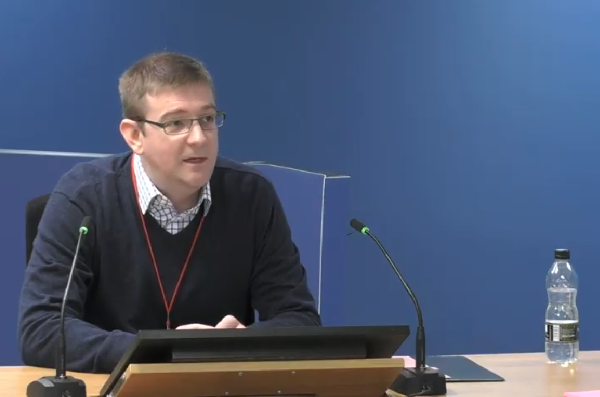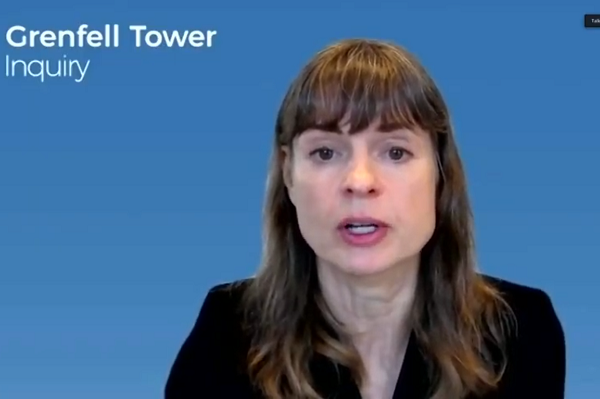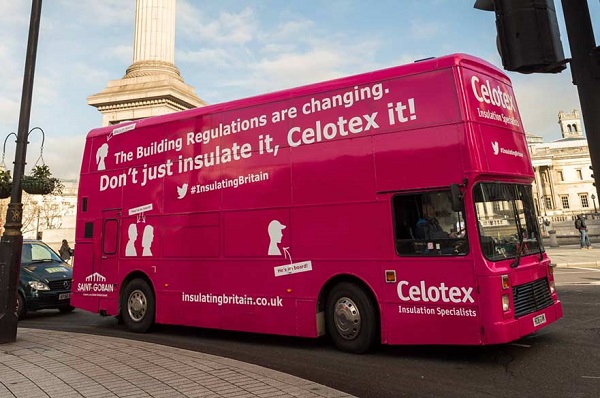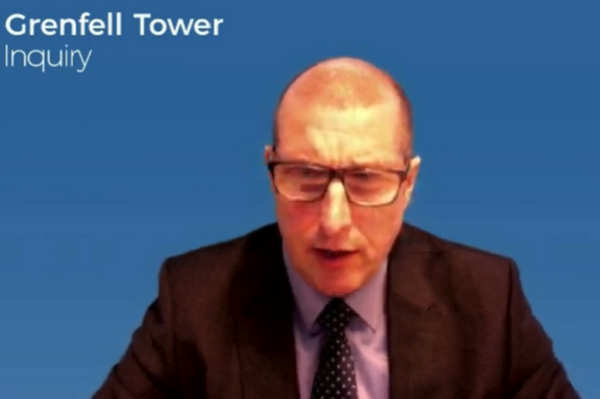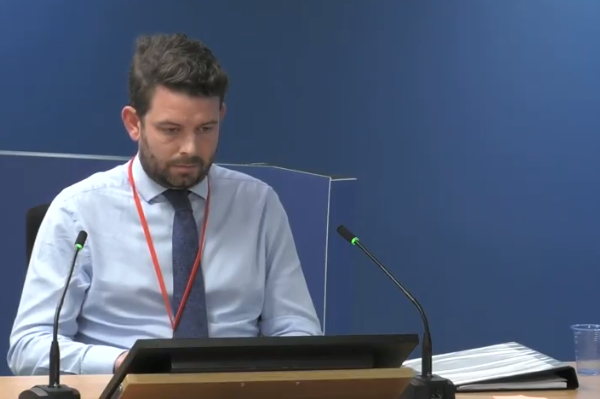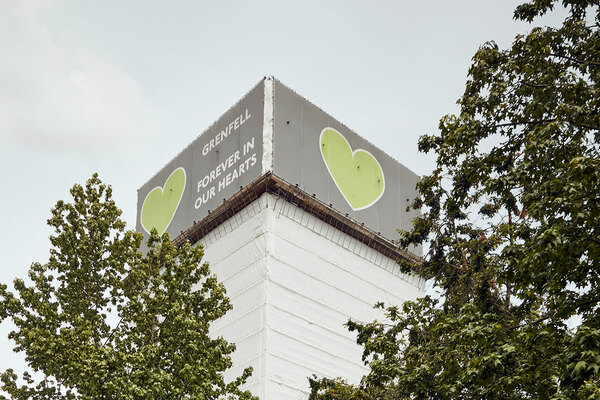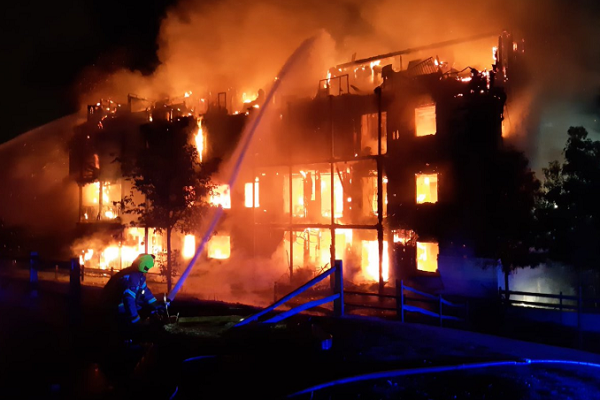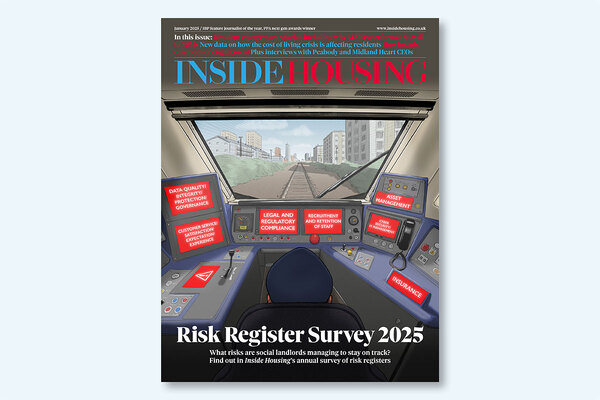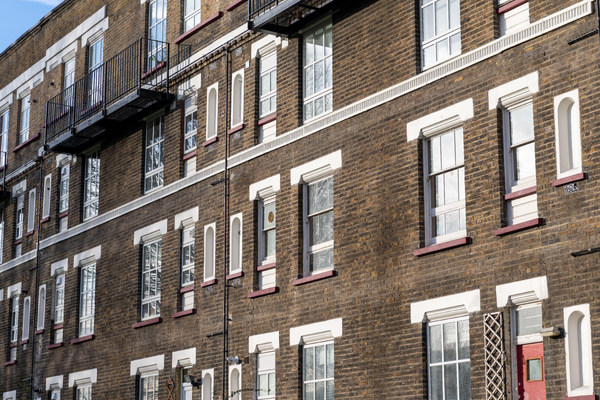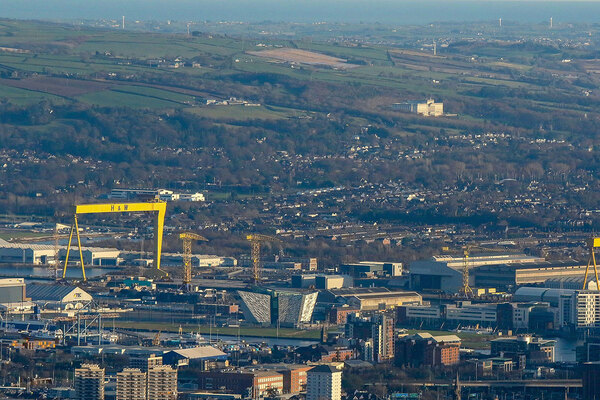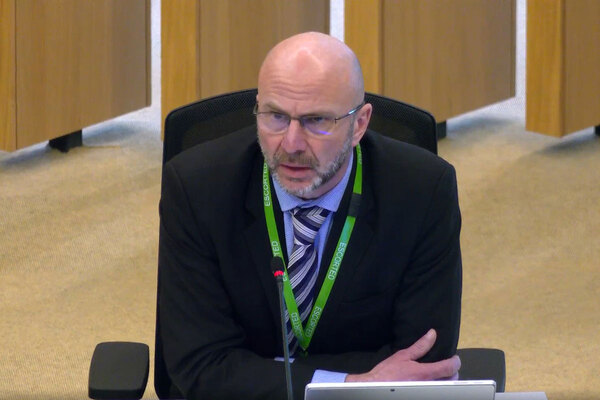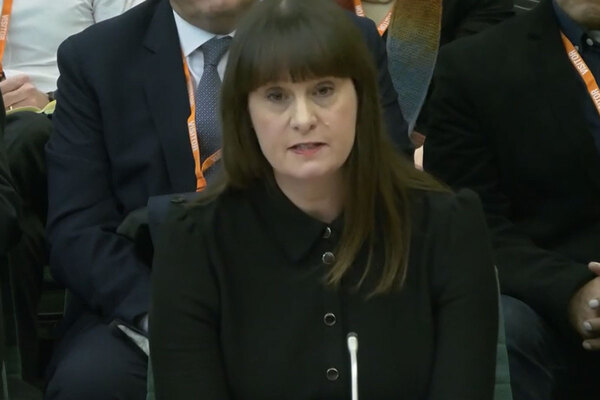NHBC dropped objections to combustible insulation on high rises amid industry lobbying, inquiry hears
Britain’s biggest building control company went from rejecting the “flammable” insulation used on Grenfell as inappropriate for high rises to accepting it without question in just over a year amid lobbying from the industry, the inquiry heard today.
Throughout 2015, Celotex struggled to get approval from the National House Building Council (NHBC) for the use of its RS5000 product.
In at least one instance, NHBC actively turned it down as it was “flammable and therefore not to be incorporated into buildings above 18m”. It also told Celotex’s head of marketing that its arguments were “stupid” in one heated meeting in May 2015.
It even ordered the product to be stripped from the walls of one building it inspected where it had been partially installed.
But in July 2016, it reversed this position, and published guidance saying that the product, and its rival Kingspan’s K15 line, could be used on buildings of all heights behind a variety of external cladding panels – including aluminium composite material (ACM) cladding.
“Were you surprised by this apparent volte-face, this change of position, from the NHBC within less than a year?” asked Richard Millett QC, counsel to the inquiry.
“It did seem surprising, yes,” replied Paul Evans, former head of marketing at Celotex.
“Was that change as a result of the lobbying of the NHBC by players in the market – I’m not necessarily including Celotex in that – to achieve NHBC buy-in?” asked Mr Millett.
“I don’t know what other companies were doing, I just know we’d met NHBC on a couple of occasions to talk about various matters,” he replied.
The inquiry heard in an opening statement from lawyers representing survivors and bereaved that NHBC was being lobbied by Kingspan, which said in internal emails that the NHBC was “slowly educating” the firm.
The inquiry had earlier heard how in September 2014, just a month after Celotex launched the product for use on tall buildings, the NHBC emailed to say Celotex had provided “no relevant testing information” to permit its use.
This was because the body, which is a private building control inspector and signs projects off as compliant for a fee, did not believe that the large-scale test Celotex had carried out in May of that year represented a system that would be used in the real world.
The inquiry has already heard this week how Celotex passed this test with the introduction of additional fire-resisting boards and then concealed this fact from the market. It then marketed the product as “suitable for use on buildings above 18m”, despite knowing that it was compliant only in the exact system tested.
A further email from a contractor at Durkan in January 2015 said NHBC had rejected the product for use on a high-rise project.
“They are claiming that it does burn, as does the Kingspan K15 product and they are very nervous of it being used in high-rise buildings,” the email said.
In March 2015, the company received an official complaint from Ardmore, another developer, which had also had the product rejected by the NHBC as it was “flammable and therefore not to be incorporated into buildings above 18m”.
“Your available product literature does not state that it is not suitable for use as rainscreen insulant in building above 18m,” the email said. “Clearly you are an international supplier and manufacturer of some repute and we are amazed that you send products to market that are not suitable for their intended use.
“Currently we are faced with the total removal of your product and substitution with a compliant material, which is clearly a huge issue in both time and money.”
As a result, Celotex redrafted its marketing to soften the language around the intended use and in May 2015 held a meeting with the NHBC to discuss its use. But this did not go well – Mr Evans recalled in his witness statement that the firm’s arguments were dismissed as “stupid” by NHBC.
He later recorded in an internal note that the meeting was “quite heated (every pun intended)”.
The inquiry was also shown a note from Tom Elwell in Celotex’s technical team, which pondered why NHBC was rejecting the product. “Do they insure fire damage? Would they be liable for deaths?” he wrote.
However, less than a year later, NHBC published a guide that said various “common wall and facade types” which were acceptable to the firm without any test data to justify their use included Celotex RS5000 and competitor product Kingspan K15, in combination with cladding that included timber and ACM.
NHBC did not have any involvement in signing off Grenfell Tower and this guide was published after the refurbishment completed. But Inside Housing research since the fire has shown that NHBC signed off more than 50 towers with dangerous ACM systems.
Mr Evans was also shown emails which showed that Celotex failed a ‘Class 0’ test on its RS5000 product commissioned shortly before Grenfell.
The product had been advertised as ‘Class 0’ – a rating that some in the industry took to mean it was suitable for use on high rises, even though it was not relevant for insulation.
When retested, the product failed within three minutes. The retest was ordered because the prior test had been for the same product under a different brand.
Mr Evans also revealed that he was disciplined and then resigned from Celotex in late 2017, after the fire, due to his role in manipulating data to suggest the product had a higher thermal performance (lambda value) than it did.
In his witness statement he suggested that his departure was “orchestrated to remove senior members of the business before the Grenfell Inquiry commenced”.
“Are you saying the lambda fiasco was an opportunity to purge some of the older members of management?” asked Mr Millett.
“I felt it [manipulating the data] was a decision made many years before by statutory directors of the company and had been embedded in the business for many years. So I thought it [my disciplinary] was unfair, yes,” Mr Evans replied.
Earlier, he had denied all knowledge of the use of additional fire-resisting boards in the test rig, as well as the decision to produce marketing that inaccurately described this test and clearly stated that the board could be used on tall buildings.
“Can you account for how what I would suggest is a thoroughly dishonest and misleading document could go out on your watch as head of marketing?” asked Mr Millett.
“By relying on other people to give information… and decisions have been made… which led us to promoting the system in this way,” he replied.
The inquiry continues.
Sign up for our weekly Grenfell Inquiry newsletter
Each week we send out a newsletter rounding up the key news from the Grenfell Inquiry, along with the headlines from the week
Already have an account? Click here to manage your newsletters

